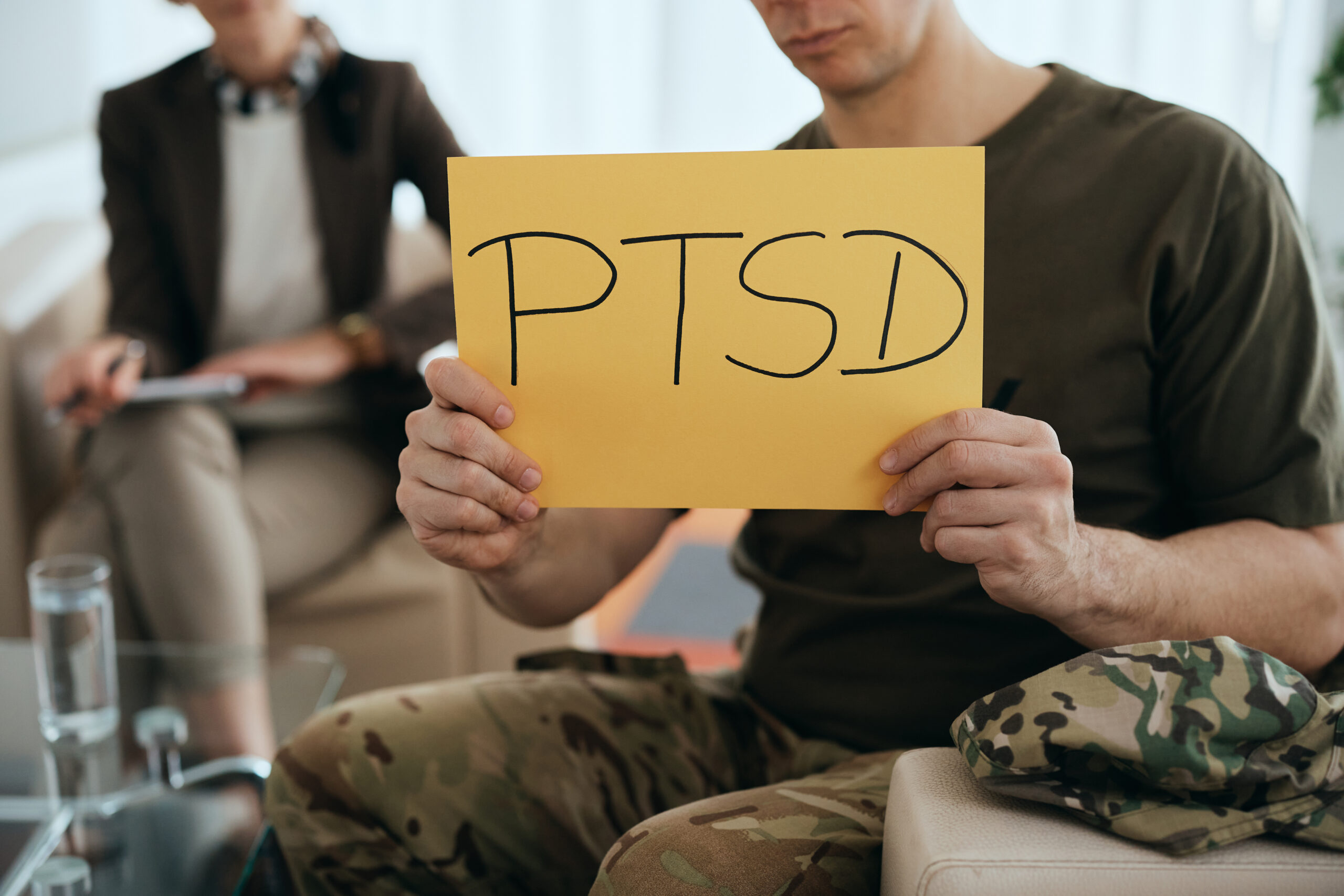If you are experiencing post-traumatic stress disorder (PTSD), you might feel uneasy about certain memories…

To Heal Trauma, Use the Body
What do you understand about trauma? You likely recognize that when negative experiences occur, some individuals become trapped in those moments while others move forward. You may also be familiar with symptoms such as nightmares, heightened anxiety, flashbacks, maintaining emotional distance, distrust, and an inability to fully unwind.
Many believe that getting stuck indicates weakness, but that’s incorrect. Even with years of therapy, if we don’t address the body, progress may be limited. Let me explain why this is important.
When a traumatic event occurs, the brain operates in a different manner. Typically, the brain encodes necessary information, transmits it along pathways, processes it, stores it, or discards it, allowing life to proceed with memories preserved. However, this process changes significantly under stress.
Our bodies are in constant communication throughout the day, transmitting various electrical and chemical signals. These signals instruct our brain and body on how to respond: “Process this, discard that, focus here, ignore this…” In typical situations, we only process messages that require our attention, allowing us to be fully present and absorb the information without issue. However, under stress, this entire system can become disrupted.
Whenever we process information, we create both explicit and implicit memories. Explicit memories consist of factual details, general knowledge, and personal experiences. In contrast, implicit memories are associated with emotional reactions and bodily sensations—focusing more on feelings than facts. These two memory types navigate distinct pathways in the brain and must later be integrated to create a cohesive memory.
In a traumatic event, your body activates the “fight or flight” response. It recognizes danger and triggers an alarm through hormones. Your bloodstream becomes flooded with chemical messengers urging you to “escape immediately!” During such moments, the primary focus shifts from encoding memories to ensuring your safety. This explains why many trauma survivors experience memory gaps; their attention was directed toward self-preservation. The symptoms of Post-Traumatic Stress and anxiety mirror the body’s signals in danger: your heart races, breathing quickens to supply oxygen for escape, and non-essential functions like hunger and bathroom needs are suppressed. Sweaty palms and an adrenaline boost provide the energy needed to flee—does that sound familiar? These reactions are typical short-term responses to stress, but the challenge arises when you become trapped in this state.
When you find yourself feeling stuck, your amygdala—the main player in the fight or flight response—becomes extremely sensitive. If you’ve ever observed a deer in its natural habitat, you’ve witnessed the amygdala in action. This area of your brain urgently signals “escape” when it senses danger. Consequently, your brain halts regular processing and channels all its energy into fleeing from the threat. As a result, the memory isn’t fully integrated and remains fragmented, consisting of both implicit and explicit memories. This explains why certain smells, a specific touch, or even a particular tone of voice can evoke strong reactions in a trauma survivor.
Sometimes our body cannot tell the difference between physical and emotional danger. This explains why you experience a fight or flight response to various stimuli, whether they are emotional or physical. The primal part of your brain perceives these situations as a threat to your safety, which is why you exhibit physical symptoms.
To effectively tackle the problem, we must first address the physical aspects. The issue is twofold: we need to reduce the body’s response and soothe the hormonal signals that indicate danger. Once we achieve that, we can focus on the mental and emotional dimensions. Failing to do so would set you up for disappointment.
So, when you find yourself grappling with the healing process from your trauma, remember that your body is functioning as it should. It is there to protect you. All you need is some effort to recalibrate your alarm system.
A skilled psychologist can clarify this for you, aid your understanding, and guide you in helping your body recognize that you are no longer in danger. By collaborating, we can process the trauma, integrating it into your narrative rather than allowing it to be something you avoid. We simply need to work with your body for a bit.
In the meantime, think about starting the work on your own. The practice of being present in our bodies is known as “mindfulness.” You can easily search for this term online to discover various coping strategies that might suit you. There are also numerous techniques to help you relax your body. Diaphragmatic breathing exercises are particularly effective, as they inform your body that you’re not in danger. Additionally, many meditation apps available on smartphones can provide guidance on these practices. Two popular choices are “Calm” and “Stop, Breathe, Think.” It might take some time to explore different methods until you find one that resonates with you.



